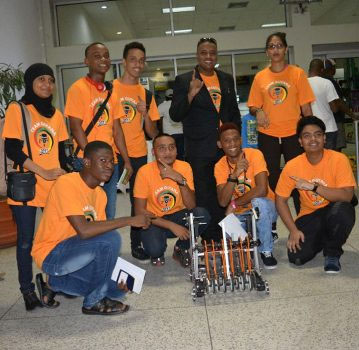Picture this: a classroom of students working collaboratively on a challenging science- or maths-based problem with an open-ended solution. They are exchanging ideas and learning from each other, are self-motivated and are even seeking out additional resources to help improve their knowledge. In fact, the students are so engaged that they protest when recess arrives and they’re told to pack up!
Classrooms such as these do exist, and are a refreshing and delightful experience for the weary educator. At St Paul’s Anglican Grammar School in Warragul, the use of robotics as a medium for teaching and developing a range of concepts has proven wonderfully successful, and has helped hand over the process of learning to the students themselves.
Robotics lends itself to project-based tasks: applied, real-life problems where there’s a goal to be achieved. Usually it is not so much about learning about the nuts and bolts of robots themselves, but about using robotics to highlight and explain concepts in maths, science and technology. Students can apply even basic robotics knowledge in order to learn by design, trial and experience, which is one of the most immediate and effective sequences possible.

